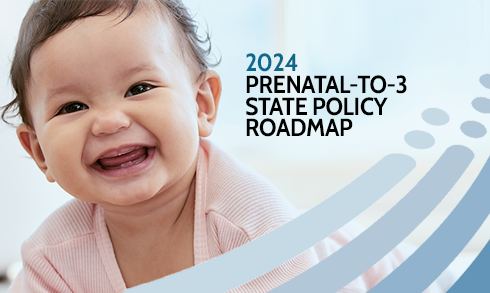- Home
- /
- Research Topics
- /
- Child Care Subsidies
Child Care Subsidies
Child care subsidy programs provide financial assistance to make care more affordable for families with low incomes. Subsidy programs aim to support parent participation in work and education and support the supply and enrollment of children in high-quality care—and subsequently improve child development. Both federal and state governments contribute funding, but states administer the programs.
Featured Resources
Child care subsidies increase access to needed services including the use of single, formal care arrangements, support maternal employment, and increase earnings.
States have considerable flexibility in setting rules on program policies and administration (e.g., eligibility requirements, application procedures, family copayment levels, and provider policies), resulting in substantial state variation in subsidy policy.
This checklist covers the following policy levers states may consider to increase access and affordability of child care subsidies: eligibility requirement, provider reimbursement, family contribution, and funding.
Related Resources
- Blog
- |









